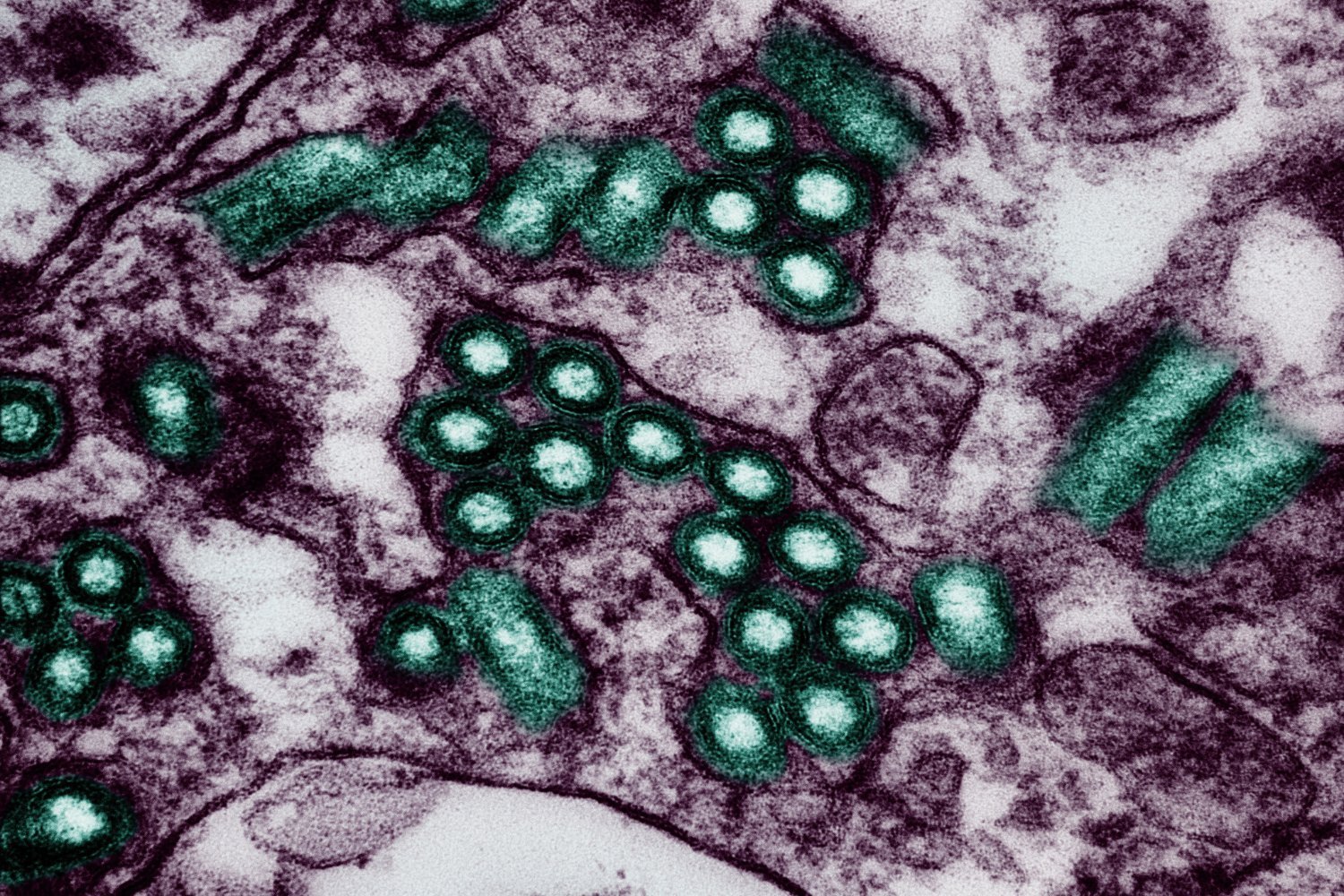A recent study published in Nature has unveiled a naturally occurring hormone that could revolutionize weight loss treatment. Researchers at Stanford Medicine, aided by artificial intelligence, identified a peptide that effectively reduces appetite and weight in mice and miniature pigs without the common gastrointestinal side effects associated with semaglutide, the active ingredient in Ozempic and Wegovy. While human trials are still needed, this discovery offers exciting potential for a new era of obesity treatment.
The Semaglutide Revolution and its Limitations
Semaglutide has been a game-changer in obesity medicine. These drugs, also used to treat type 2 diabetes, mimic the hormone GLP-1, which regulates appetite and metabolism. Clinical trials have shown impressive results, with participants losing 15% to 20% of their body weight. However, these drugs often come with unpleasant gastrointestinal side effects, including nausea, and in rare cases, more serious complications like gastroparesis. The search for alternative weight-loss solutions with fewer side effects has been ongoing.
A Novel Approach to Hormone Discovery
The Stanford researchers employed an innovative strategy to identify their drug candidate. They focused on prohormone convertases, enzymes that activate hormones by cleaving their precursors (prohormones). Specifically, they examined prohormone convertase 1/3, known to produce GLP-1, to find other potential hunger-related hormones. Using a custom-built AI algorithm, nicknamed Peptide Predictor, they narrowed down the potential molecules.
Identifying a Promising Peptide
This screening process yielded 373 prohormones, potentially generating 2,700 different peptides. The researchers tested 100 peptides suspected to influence hunger, including GLP-1 for comparison. Among these, they identified a particularly promising 12 amino acid-long peptide: BRINP2-related peptide, or BRP.
Promising Results in Animal Studies
BRP was tested on lab mice and miniature pigs, whose metabolism closely resembles that of humans. A single dose significantly reduced appetite in both animals, sometimes by as much as 50%. Obese mice given BRP over two weeks showed significant weight loss, primarily from stored fat.
A Different Mechanism, Fewer Side Effects
Further research revealed that BRP works independently of the GLP-1 receptor, explaining the absence of the GI side effects associated with Ozempic. The animals also didn’t exhibit changes in movement, anxiety levels, or water intake, suggesting BRP’s safety. Unlike semaglutide, which affects various tissues throughout the body, BRP appears to target the hypothalamus, the brain region responsible for appetite and metabolism.
The Future of Weight Loss Treatment?
While these findings are preliminary, they hold significant promise. Further research and human clinical trials are crucial before BRP can be considered a viable weight-loss treatment. However, this discovery highlights the growing momentum in obesity research, with numerous experimental drugs vying to rival or even surpass semaglutide. The researchers have already filed patents for BRP and are working towards its clinical development. The future of obesity treatment may offer effective weight loss without the burden of debilitating side effects.
Conclusion
The discovery of BRP marks a potential turning point in the fight against obesity. This naturally occurring hormone offers the possibility of effective weight loss without the common gastrointestinal side effects associated with current treatments like Ozempic and Wegovy. While further research is needed, the initial findings are encouraging and suggest a brighter future for those seeking safe and effective weight-loss solutions.











